Why polar bears need sea ice to survive life in the Arctic
- Nature Conservation
- Iconic Species
- Land Conservation
- Wildlife
- Mammals
- Subarctic America Realm
- Canadian Tundra
- Greenland
- Alaska
One Earth’s “Species of the Week” series highlights an iconic species that represents the unique biogeography of each of the 185 bioregions of the Earth.
In the vast expanse of the Arctic, where the icy landscape stretches as far as the eye can see, one species seems to rule this frozen real—the polar bear.
The Latin name for polar bears, Ursus maritimus, translates to "sea bear," which fittingly describes their role in this glacial ecosystem. As apex predators, polar bears balance Arctic marine biodiversity and have a unique relationship with sea ice, inhabiting the frozen islands for most of the year and ingesting its microbes through their prey.
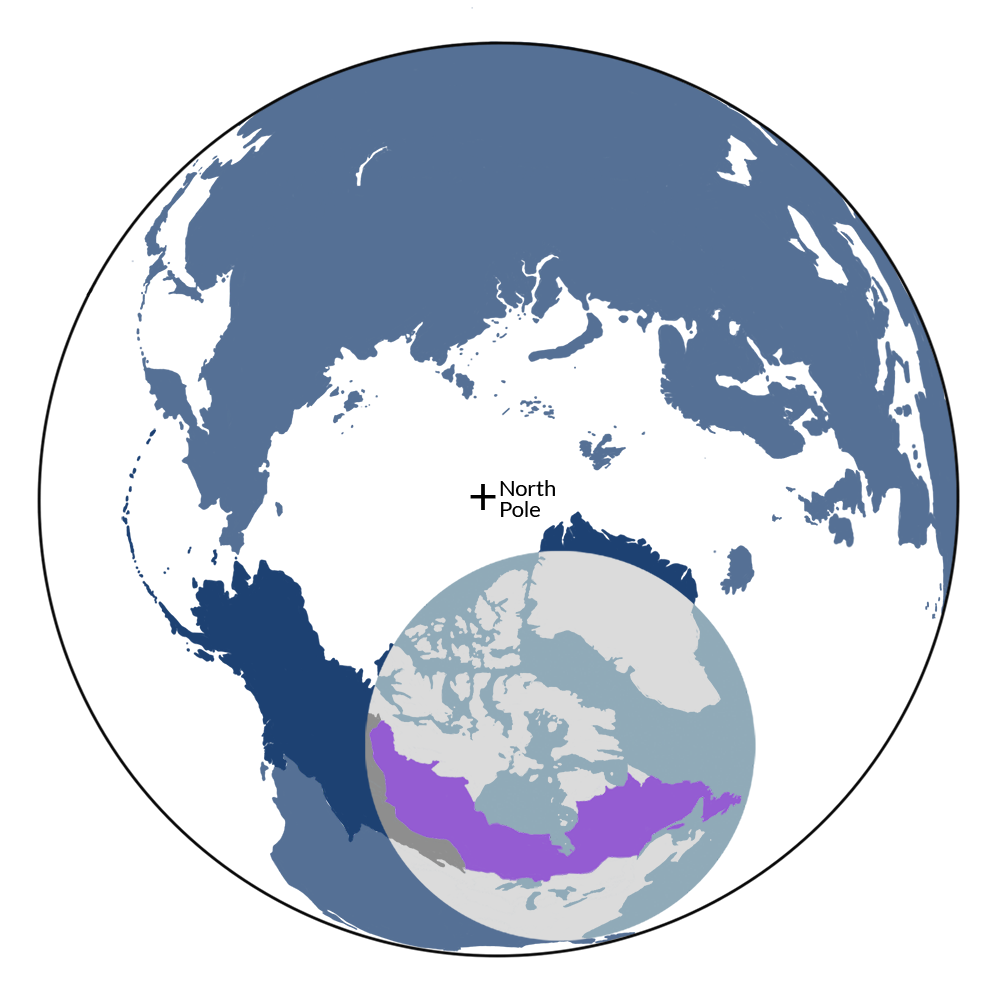
The polar bear is the iconic species of the Canadian Shield & Coastal Taiga-Forests Bioregion (NA9) located in the Canadian Boreal subrealm in the Subarctic America realm.
Polar bears reign over a vast and remote expanse that includes Greenland, Canada, Alaska, Russia, and the Svalbard Archipelago of Norway. Remarkably, some have been spotted as far as 25 kilometers from the North Pole.
The largest living bear and land carnivore
The polar bear stands as the largest living bear and land carnivore, rivaled only by certain brown bear subspecies like the Kodiak bear. Males, measuring 2–2.5 meters (6.6–8.2 ft) long with a weight of 300–800 kilograms (660–1,760 lb), display pronounced sexual dimorphism with their size. Females measure 1.8–2 meters (5.9–6.6 ft) long with a weight of 150–300 kilograms (330–660 lb).
Throughout the year, their weight fluctuates dramatically, reaching up to 50% more during times of fat accumulation. The largest recorded polar bear, a colossal male weighing 1,002 kilograms (2,209 lb), was a testament to the Arctic's abundance.
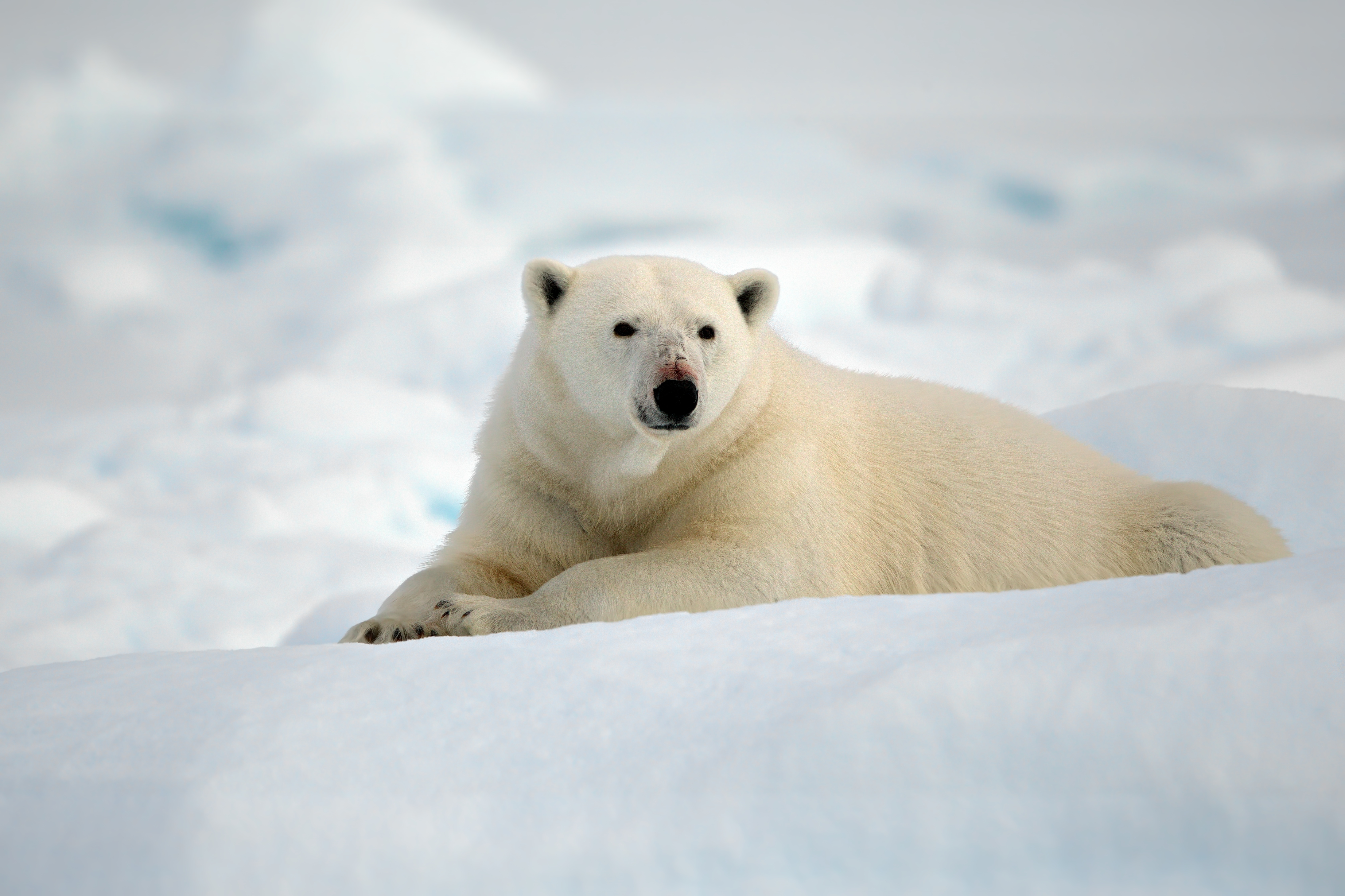
A polar bear (Ursus maritimus) lying in the snow in his habitat on a cold winter day in Svalbard. Image Credit: Wirestock, Envato Elements.
Polar bear fur isn’t white
Surprisingly, the polar bear's coat has no white pigment. Their fur is actually translucent. Polar bears have black skin, and the reflection from the sun and the surrounding white landscape give them their signature color.
Polar bear hairs are also hollow, trapping air and providing them with insulation. Additionally, they have 10 centimeters (4 in) of fat underneath their coat and three eyelids, all to protect the bears from the elements.
Keeping marine life in balance
Polar bears feed primarily on ringed seals but will also consume bearded seals, harp seals, and hooded and harbor seals, all of which contain energy-rich blubber. Occasionally, larger prey species are hunted, such as walruses, narwhal and beluga whales.
As a keystone species in the Arctic, their presence helps to keep the entire food web in balance. Without polar bears, the number of seals will subsequently increase, threatening the population of crustaceans and fish in the region.

Polar bear on an iceberg in Northwest Fjord in eastern Greenland. Image Credit: SteveAllenPhoto999, Envato Elements.
The importance of sea ice for survival
Considered to be marine mammals due to their dependence on the ocean, polar bears live on sea ice most of the year, only venturing to land in the warmth of summer when much of the ice melts.
However, sea ice isn’t just the perfect place to hunt for seals. It supplies much of the polar bear’s sustenance, too. Seals and whales eat fish and other creatures that get their energy from tiny creatures called zooplankton, which in turn eat the algae on sea ice.
So rich in nutrients, biomarkers of carbon derived from sea ice can be detected in every species in the ecosystem, including polar bears.
A polar love story
Breeding even takes place on the sea ice, with males embarking on long journeys to locate females between March and May. The courtship, at times aggressive, culminates in a bond that lasts around two weeks, marked by multiple matings and shared rest.
Afterward, females spend the summer building up fat reserves, eventually constructing maternity dens between August and October. These dens, located on sea ice or inland, become the birthing grounds for polar bear cubs.
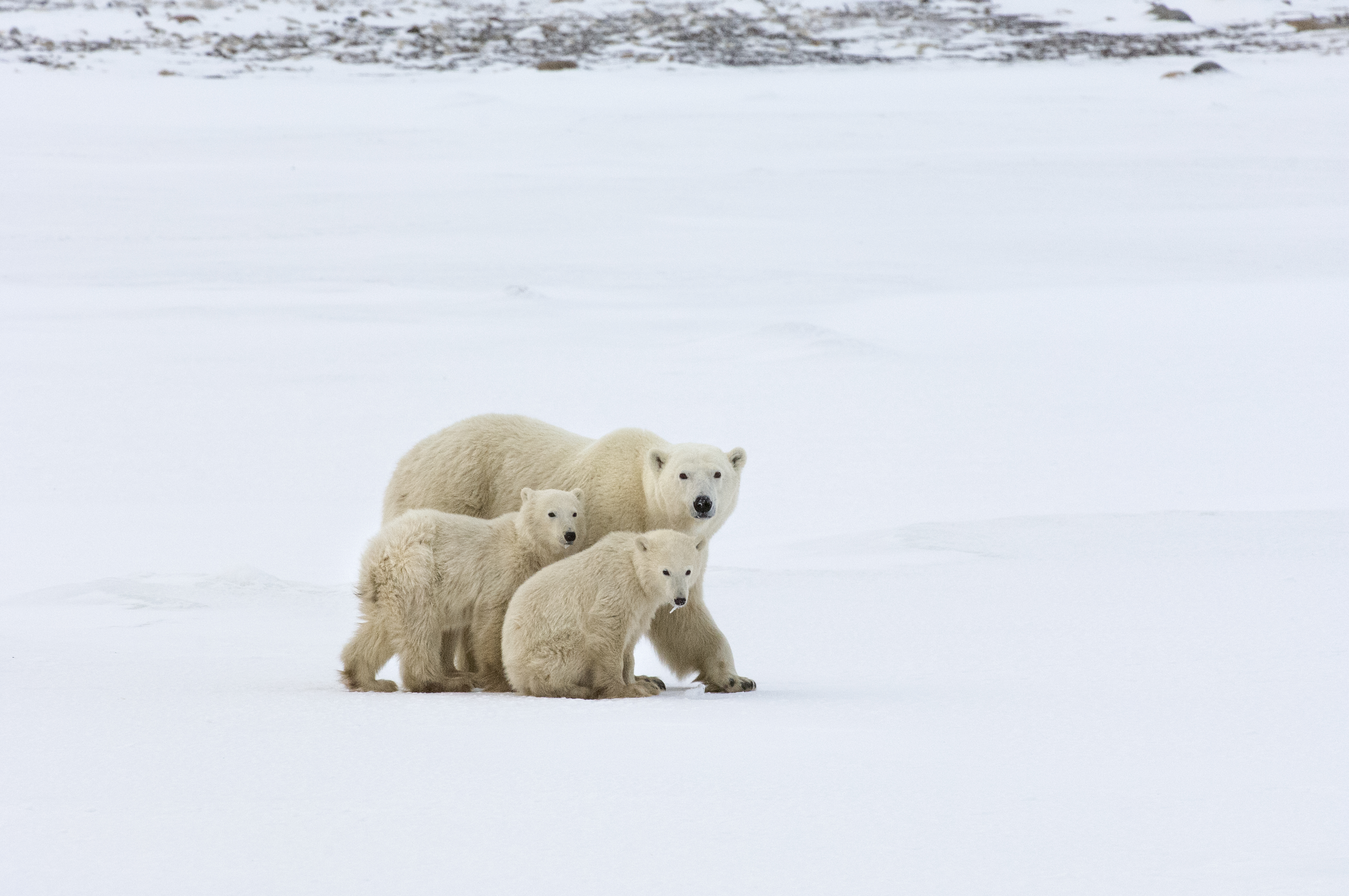
A mother polar bear and her two cubs. Image Credit: Mint_Images, Envato Elements.
Cubs: Tiny explorers of the ice
Born typically as twins and weighing only around 600 grams (21 oz) each, polar bear cubs rely completely on their mother’s warmth and milk. They won’t emerge from the den for months until they weigh 10–15 kilograms (22–33 lb).
Cubs under a year old stay close to their mother, observing and imitating her hunting techniques. At around two years old, they are capable of surviving on their own.
Significance in Indigenous traditions
Polar bears hold meaningful roles in Inuit culture and religion. The deity Torngarsuk is envisioned as a giant polar bear dwelling beneath the sea floor in the underworld of the dead, exerting control over sea creatures.
Inuit shamans were thought to reach the Moon or the ocean depths by riding a guardian spirit in the form of a polar bear. Arctic folklore includes various tales of people transforming into polar bears or vice versa by donning or removing their skins.
In Inuit astronomy, the Pleiades star cluster is seen as a polar bear ensnared by dogs, while Orion's Belt, the Hyades, and Aldebaran symbolize hunters, dogs, and a wounded bear, respectively.
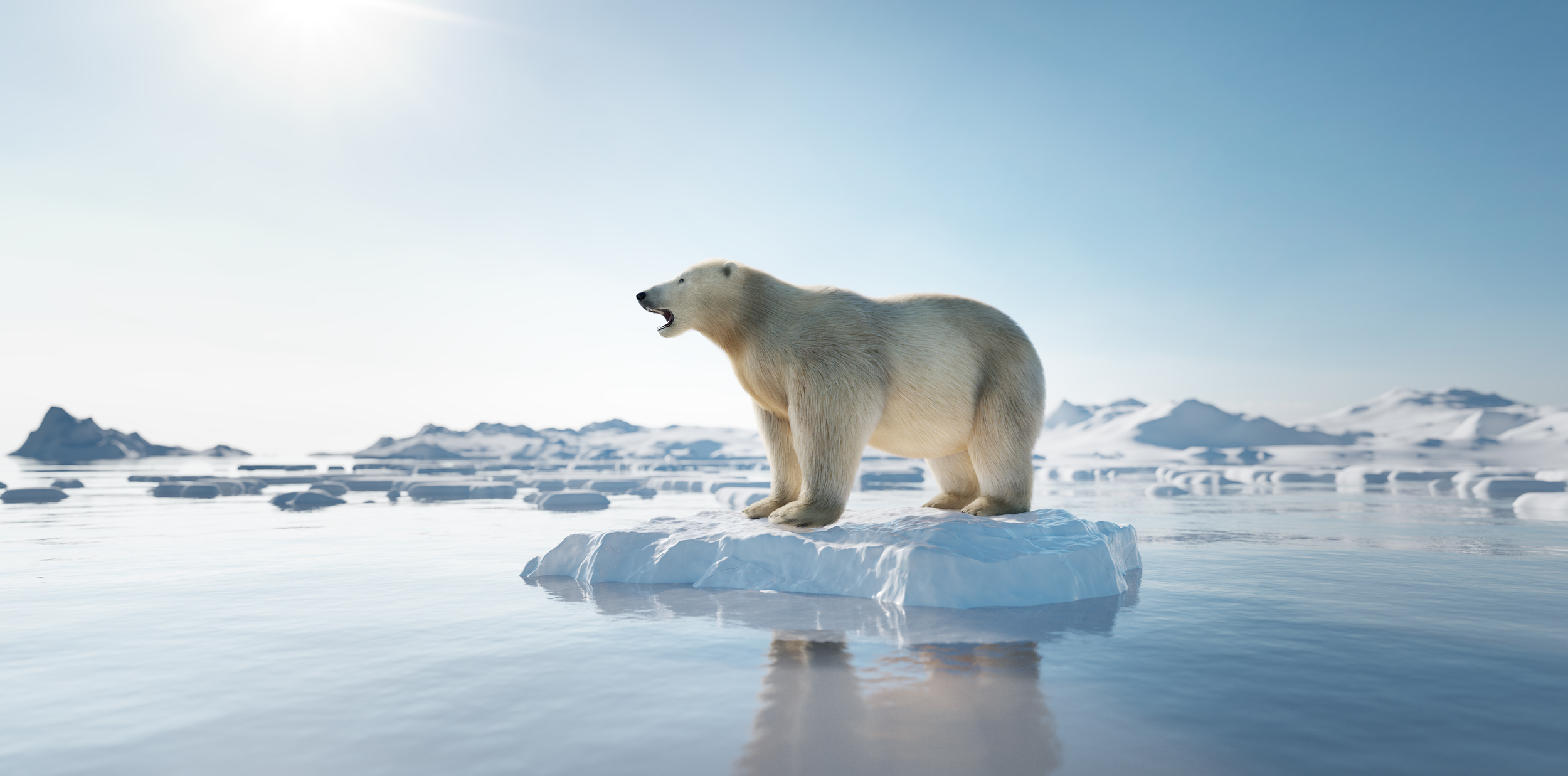
The polar bear has become a symbol of the climate crisis as sea ice melts at a rapid rate due to global temperature increase. Image Credit: Photocreo, Envato Elements.
The fragile state of the North
In 2015, the IUCN Red List classified the polar bear as vulnerable due to declining habitat quality. A recent study shows that the Arctic has warmed nearly four times faster than the rest of the world over the past 43 years.
This warming is leading to drastic levels of sea ice melting. With less sea ice, the entire ecosystem is in peril.
Protecting our planet’s biodiversity
To ensure the survival of this iconic species and protect the Arctic's biodiversity, urgent measures are needed. Addressing climate change through global policies that limit rising temperatures is crucial for safeguarding and preserving the health of our planet.
In essence, polar bears serve as a poignant reminder that all life is intricately linked, from the smallest algae on sea ice to the largest bear on Earth.
Explore Earth's Bioregions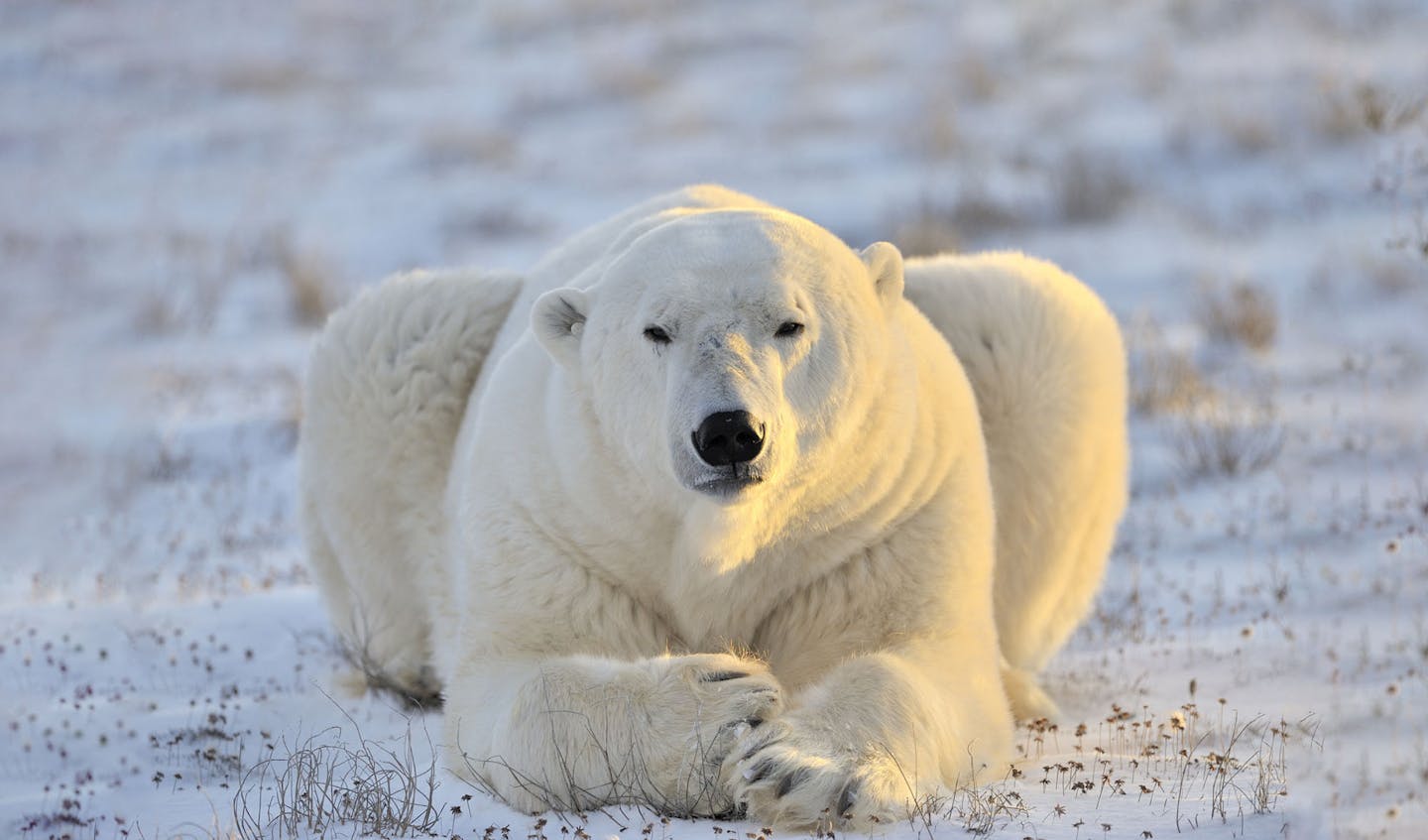


.jpg?auto=compress%2Cformat&h=600&w=600)

